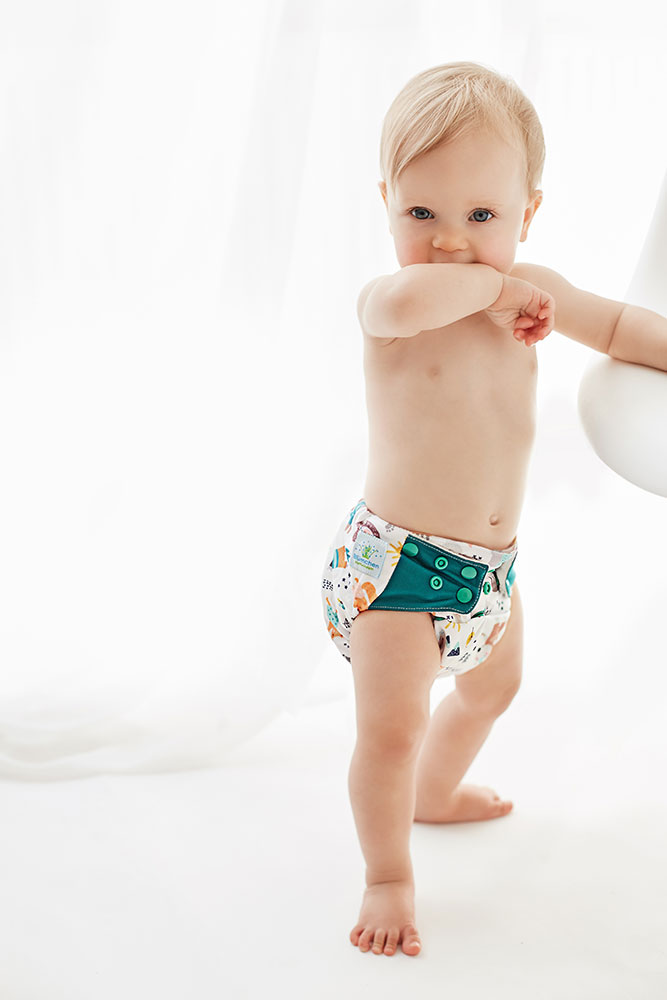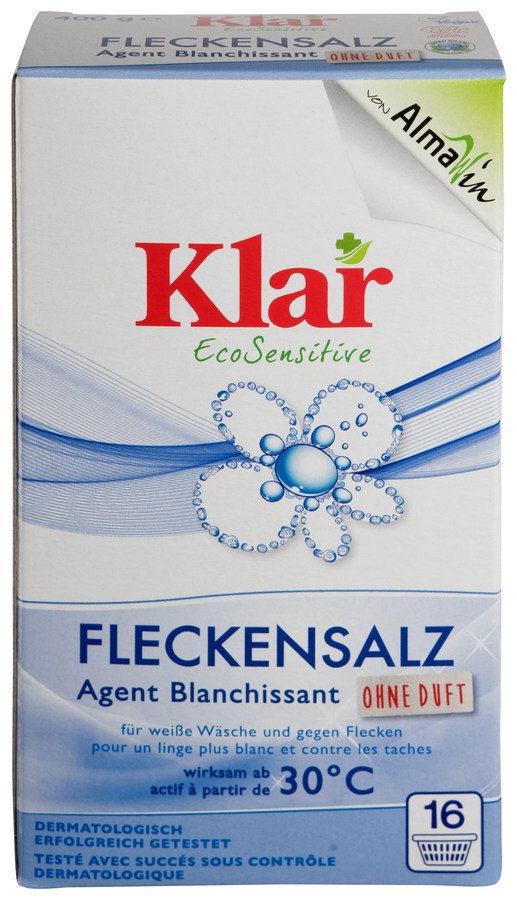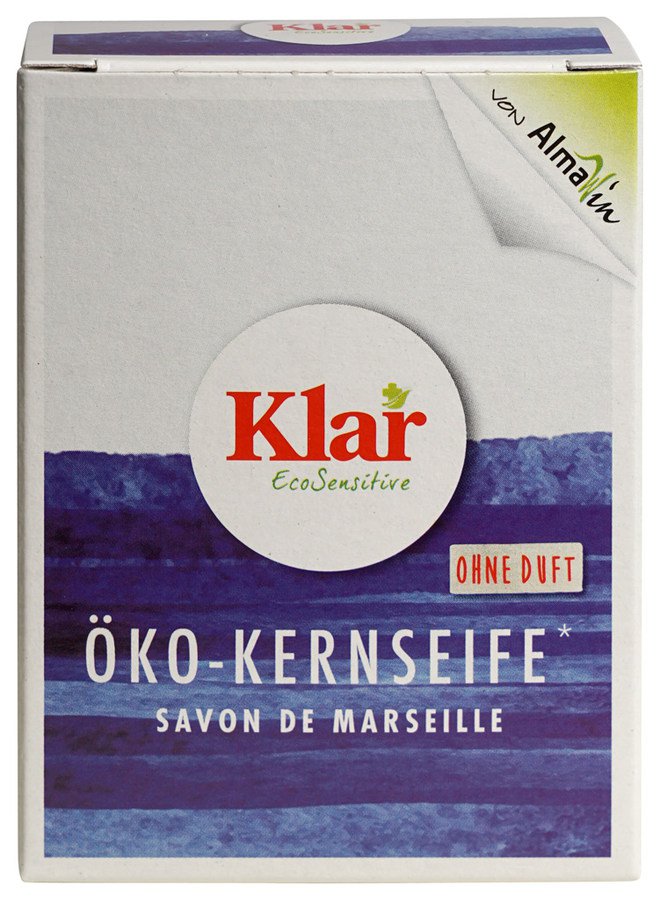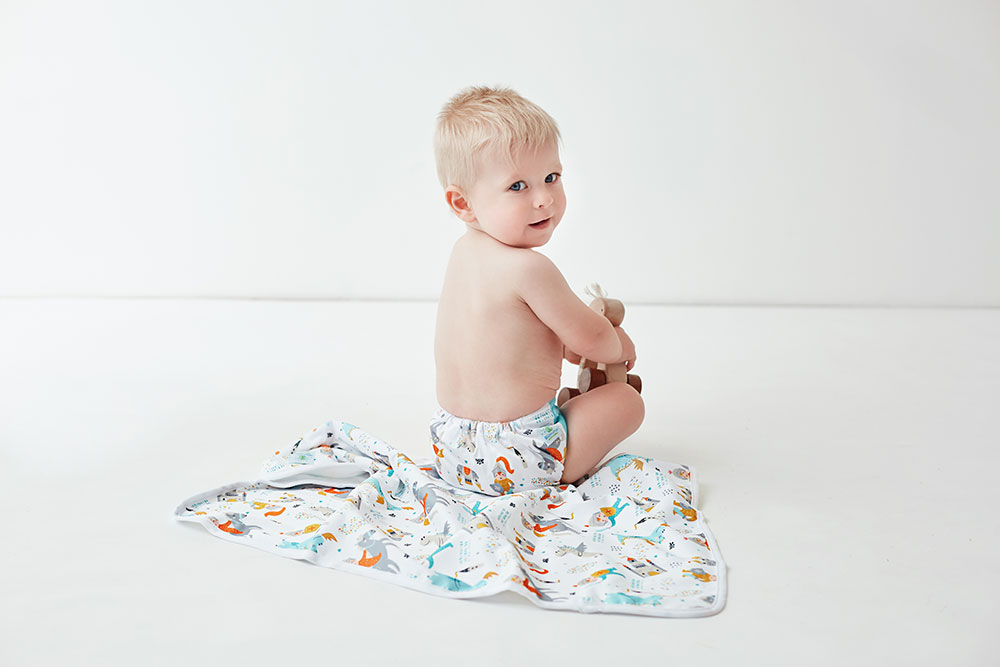
Care instructions for cloth diapers
Cloth diapers are made of functional fabrics and therefore have special care requirements. They are also used more intensively and washed more often than any other textile in your household. Your baby's skin also comes into very intensive contact during wetting, which is why the choice of detergent is also important.
New cloth diapers made of bamboo and cotton should be washed 3-5 times until they absorb well. After 10 washes they will be fully absorbent. Polyester inserts, cloth diaper covers and overpants only need to be washed once.
At the changing table
Close the Velcro fastener. Dispose of the diaper fleece from the diaper in the household waste or in the compost (hot rotting). Without diaper fleece, shake the stool out of the diaper or rinse with clear water. Then squeeze out the diaper as best you can.
Storing dirty diapers
Dirty diapers are best stored in a hanging diaper pail, which is an odor-proof bag with a zipper. This prevents bad odors. The storage time should not exceed 2 days, otherwise there is a risk of mold growth.
Before washing
If you want the diapers to be spotlessly clean, pre-treat stains with gall soap about half an hour before washing. Rinsing the stains again before washing increases the success rate. Nursing chair stains do not need to be pretreated, they disappear in sunlight.

Which washing program?
Waterproof pants should be washed separately from absorbent diapers. This leads to a better washing result and prevents residue build-up. This avoids bad odors and rising damp. Weigh the waterproof underpants (kg filling quantity for functional fabrics!) so that you know the quantity that can be washed at once.
A short program is sufficient for waterproof overpants, use the cotton program for all-in-one diapers.
Absorbent diapers should be washed in the intensive cotton program, if possible with the water PLUS button. ECO programs are not suitable due to the low water level. There is a risk that the urine will not be completely washed out. Please avoid washing programs with soaking phases.
Which detergent?
Powder detergents have a better washing effect than liquid detergents and do not require any preservatives. The packaging also causes less waste.
Waterproof pants need a color detergent (these do not contain optical brighteners or bleaching agents). Heavy-duty detergents are not suitable.
Absorbent diapers are best washed with a heavy-duty detergent. This does not contain cellulase and has an antibacterial and odour-neutralizing effect thanks to the oxygen bleach it contains. It also removes stains more efficiently. Fats/oils and soap are unsuitable as they make polyester fibers water-repellent. However, small amounts of soap are unproblematic. Enzyme-free washing powders are recommended for babies with very sensitive skin.
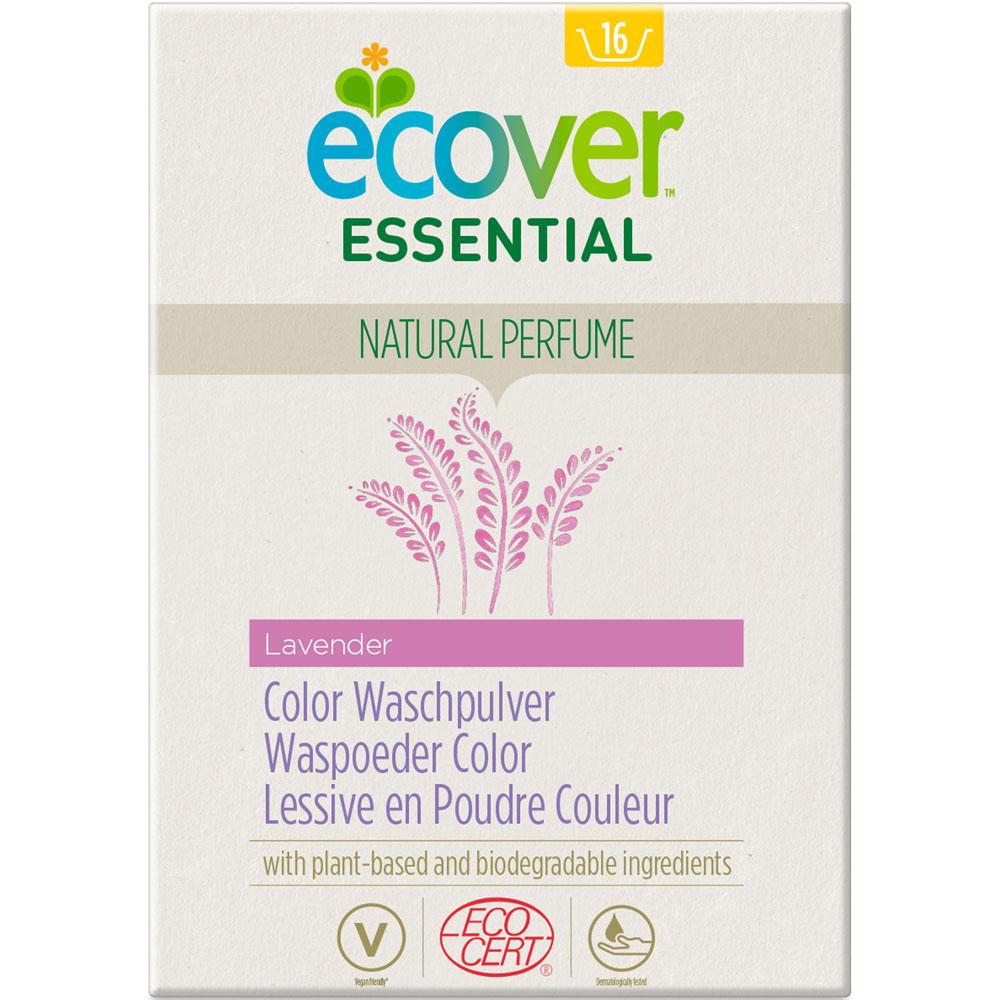
After washing
Cloth diapers consist of several layers of absorbent material that are pressed together into one layer during the spin cycle. To separate the layers again, the diapers are shaken out briefly. This prevents the diapers from drying poorly and becoming hard.
Drying absorbent diapers
They dry best on a line outdoors. The UV light disinfects them and makes stains from the nursing chair disappear quickly. This even works in cloudy weather. They should only be dried in the tumble dryer "iron-damp" and the rest on a clothes horse. This protects the elastic cuffs.
Waterproof pants
are best dried on a washing line or clothes horse. As they dry very quickly, you don't need an electric tumble dryer. This saves money and protects the environment. Always select a special program for functional fabrics in the tumble dryer.

Where to store?
Cloth diapers are best stored in an airy place with low humidity. As there is always a risk that there will still be some residual moisture in the diapers after drying, closed cupboards are not so suitable. There is a risk of bacterial growth and mold.
It is best to store waterproof pants and absorbent diapers separately so that the absorbent diapers can still release any residual moisture.
What do I need to consider?
Velcro fasteners: these must always be attached to the entire surface of the clothesline during storage and washing. Otherwise they will get caught in fabrics or seams and damage them.
Soaking: please never soak absorbent diapers or wet pants. This leads to irreversible damage to the fabrics (fiber loss, delamination). Please also do not use washing programs with long soaking phases.
Stain removers, vinegar, soda: these cause damage to the fabrics and usually do nothing. Styrene disappears with UV light, other stains can be treated well with gall soap.

PROFESSIONAL INFORMATION

Which ingredients should I avoid?
Enzymes: they dissolve stains, but they also react with the skin in many ways. The enzyme cellulase (colour detergent) dissolves cellulose fibres, such as viscose. This causes the nappies to become bald. Other enzymes are skin-reactive, especially protein-dissolving enzymes.
Preservatives: these react with the skin when solved in urine and can result in intolerance. Many preservatives are toxic, harmful to genetic material and irritating to the skin. Preservatives are only found in liquid detergents, why we recommend to use powder detergents.
Optical brighteners: these particularly like to deposit on the waterproof fabric, which causes the diapers to leak or pull moisture through the seams.
Chlorine bleach: ruins the waterproof fabric.
Powder softener (zeolite): should only be dosed according to instructions, always taking into account the zeolite content of the detergent. Overdosed water softeners are deposited in microfibres and block their function.
Soda (washing soda): is a good washing booster, which has a strong alkaline effect. Please maxximal 1 coffee spoon per machine. High doses of soda over-alkalize the diapers and thus lead to a loss of function of the microfiber. In this case, please buffer with a weak acid solution (Ulrich lactic acid softener with water or a weak citric acid solution) to make the diapers absorbent again. Overdosed soda causes rapid aging of all fabrics, the fabrics break after a few months.
Soap/oils: for Stay-Dry and microfibres. Grease residues from soap can make these fabrics water-repellent, StayDry membranes then no longer pass moisture through but repel it - the nappy leaks. Microfibres in absorbent cores stick together and can no longer absorb water. In this case, too, the nappy leaks. Powder detergent can also be soap-based, please read the information on the pack or ask the manufacturer if the detergent is suitable for functional fibres. Unfortunately, this danger exists with all detergents made from plant oils. Vegetable oils are natural substances and therefore not standardised, so that the saponification value can never be adjusted 100%. Depending on the batch, this leads to a few percent of fat in the detergent, which then triggers a water-repellent effect in polyester. It therefore makes sense to test the membranes for permeability from time to time, as a detergent can also change from batch to batch.
Oxygen bleach/ stain salt: do not apply directly to the fabrics! However, one measuring spoon per machine in the rinse compartment has an antibacterial effect and neutralises odours (already included in some heavy-duty detergents). Pay attention to the temperatures the respective manufacturer specifies for activating the oxygen. There are low-temperature detergents (containing the oxygen activator TAED) and those that work from 60°C. Please do not use with every wash as oxygen bleach reduces the life of waterproof fabrics. Use oxygen bleach only as needed - for heavily soiled nappies or persistent bad odours. If possible, do not use for PUL, wash overpants separately.
How do I remove stains from my Blümchen cloth diapers?
Stains from nursing chairs are not UV stable. Simply hang the Blümchen cloth nappies in the sun. The stains will disappear very quickly. If you value stain-free nappies, always rinse chair stains immediately with clear Rinse stains immediately with water and then squeeze the nappies well (do not pre-treat with detergent immediately after changing and store them dripping wet). Dried-in stains are more difficult to remove. You can pre-treat stains in cotton nappies with stain soap (curd soap, laundry soap, bile soap - not for Stay-Dry surfaces or microfibre terry) immediately before washing. This improves the washing result. For microfibre and bamboo, please use Ulrich stain remover with panama bark extract or add some oxygen bleach to the wash. Please do not apply powder detergent directly to the stains. Please do not soak the stains, as this will lead to fibre breakage and fibre loss during the subsequent wash. All nappies, including prefolds, will become bald and holey as a result.
Never apply stain salt and bleach directly to the stains. Please dose into the induction bowl - according to recommendation.
